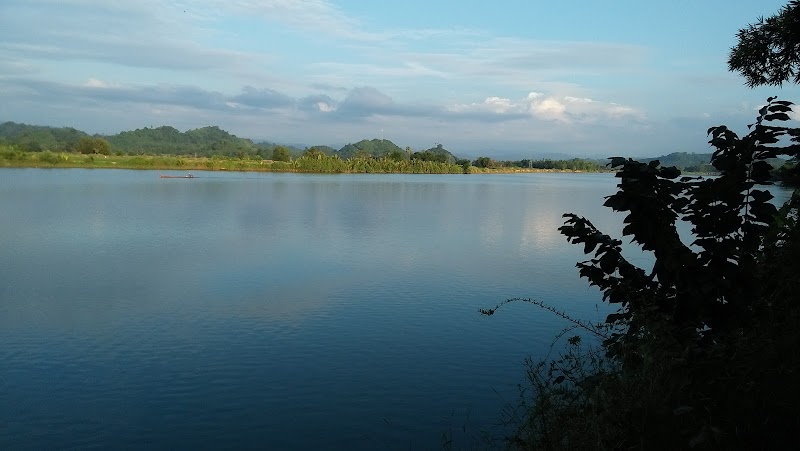
Thandwe Mangrove Conservation Area Adventures
Thandwe Mangrove Conservation Area protects extensive coastal mangrove forests in Myanmar, offering rich biodiversity and crucial habitat for wildlife in a peaceful coastal setting.
About Thandwe Mangrove Conservation Area

Located along the coast of Rakhine State near the town of Thandwe, the Thandwe Mangrove Conservation Area spans dense mangrove forests that serve as vital ecological buffers against coastal erosion and storm surges. These mangroves provide habitat for numerous bird species, fish nurseries, and marine life, supporting the livelihoods of local fishing communities. The area’s flat terrain and network of waterways create a unique landscape ideal for exploring by boat or foot. Visitors can experience the rich biodiversity including salt-tolerant plants, mudskippers, and migratory birds. Traditionally, the surrounding communities rely on sustainable harvesting of fish and forest products, and conservation efforts aim to balance environmental protection with local needs. The conservation area was established to prevent deforestation and promote natural regeneration of mangroves. Key recreations include birdwatching, guided boat tours, and nature photography. The saltwater ecosystem also plays a crucial role in carbon sequestration. While infrastructure is minimal, local guides offer cultural insights and facilitate responsible eco-tourism. The remote setting appeals to travelers seeking quiet immersion in coastal nature away from developed tourist routes. Visitors should respect local customs and the fragile environment when visiting. Overall, Thandwe Mangrove Conservation Area is an important natural refuge on Myanmar’s western seaboard with growing potential for eco-conscious tourism and environmental education.
Highlights
Extensive mangrove forests supporting diverse wildlife
Seasonal flocks of migratory shorebirds and waterfowl
Boat tours navigating tidal creeks through the forest
Traditional fishing villages offering cultural experiences
Notable Natural Features
Mangrove Ecosystem
A highly productive coastal forest providing critical habitat for fish, birds, and aquatic organisms.
Migratory Bird Habitat
Important stopover site for migratory species including herons, kingfishers, and egrets.
Traditional Fishing Communities
Local villages rely on sustainable harvesting, preserving cultural heritage alongside conservation.
